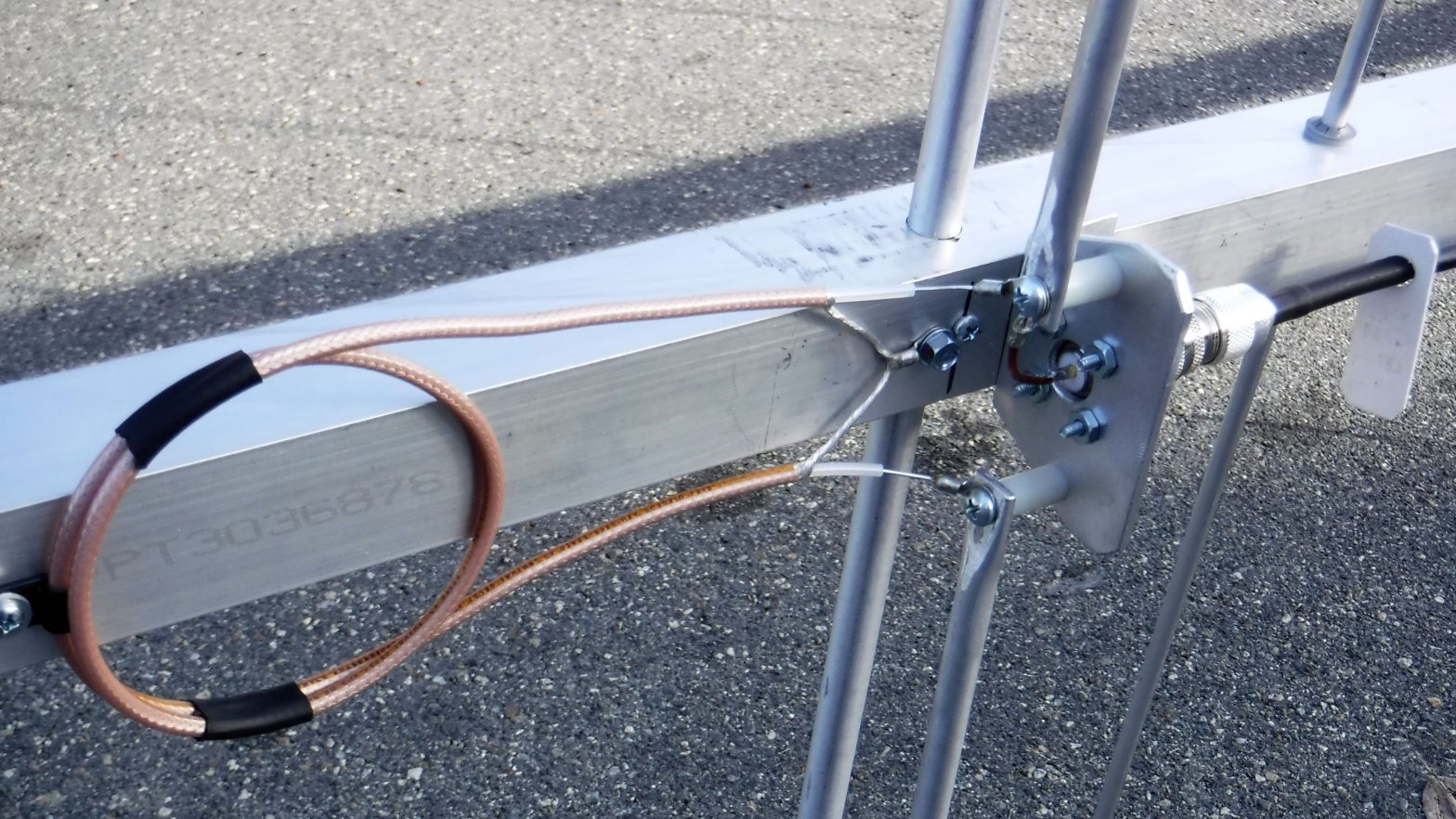Read through this page for all the information you never wanted to know about the most popular VHF and UHF bands! The ARRL publishes a great Band Plan Chart that is handy to have.
144 MHz
When most hams think of “VHF” they think of the two-meter (2M) band. Repeaters are definitely not a requirement for reliable voice communication on this band, and conversations are significantly less public when held on simplex. Also, the distances achievable on simplex can be farther than you might think. A little known fact is that this band also offers sporadic E propagation during times of high solar activity.
The primary channel to monitor is the national calling frequency. It is not always active, but is usually the first place where activity picks up. This channel also sees use during special events, such as Summits on the Air (SOTA) activations, the ARRL VHF contests, and other activities.
Lastly, local clubs and amateur emergency services also make significant use of 2 M simplex. Groups will often settle on one or more of these frequencies as their go-to channels for club events and/or emergency coordination.
50 MHz
The 6-meter band (6M) is undoubtedly the most overlooked band in Alaska. For local and regional contacts 6 M generally provides better range and fill-in around obstructions than do the 2-meter and 70-cm bands. Antennas at this wavelength are larger, but still very manageable. This is evidenced by the number of mobile transceivers and antennas for 6 M.
A mobile unit operating on 6 can be a game-changer when used as the net control station for emergency, search-and-rescue, and special event operations. Combine that with the many portable radios that offer operation on this band and you can cover an event in almost any terrain, without depending on repeaters.
The longer wavelength can also offer significantly enhanced range when the ionosphere helps out. The DX window channels provide calling frequencies for intercontinental contacts,and so should be left clear unless you are chasing DX.
With careful antenna selection almost anything is possible on this band. Combine all these advantages with a band that is never crowded, and you have an excellent resource for the club or group clever enough to utilize it.
220 MHz
1.25-meters (1.25 M) is a sort of middle band that doesn’t see a lot of use, but is very useful nonetheless. It offers a balance of good propagation and fill in, similar to the 2 M band, but with antennas that are almost as small as for 70 cm.
420 MHz
The 70-centimeter (70cm) band is another patch of spectrum that is under-utilized here in Alaska. On average,distances achieved on 70-cm will be slightly less than on 2-M, but still more than adequate. The most significant difference will be in mountainous or hilly terrain where 2-Mand 6-M usually offer better “fill in” around obstructions. However, under typical handheld and mobile conditions almost any contact feasible on 2-M will be feasible via 70-cm as well.
It may seem counter-intuitive, but the shorter communication distances on 70-cm can sometimes be used to your advantage: reduced fill-in around terrain also means less interference from distant stations (and that your conversations will interfere less with others)
Another significant advantage worth mentioning is that high gain antennas for this band are very compact. A five-element Yagi antenna can be less than two feet long. This allows for even portable operators to carry and use high gain antennas – something not possible on lower bands.
For the skilled operator in the right situation a 70-cm beam can result in a stronger signal than an isotropic antenna used on 2- or 6-meters.
Next learn about what to look for when getting a transceiver.
